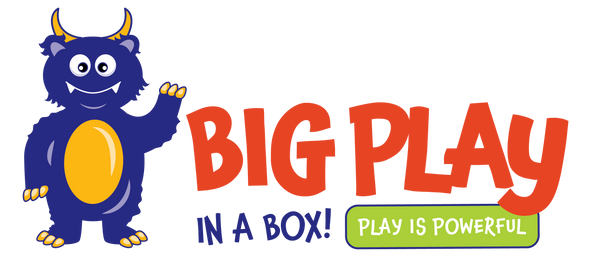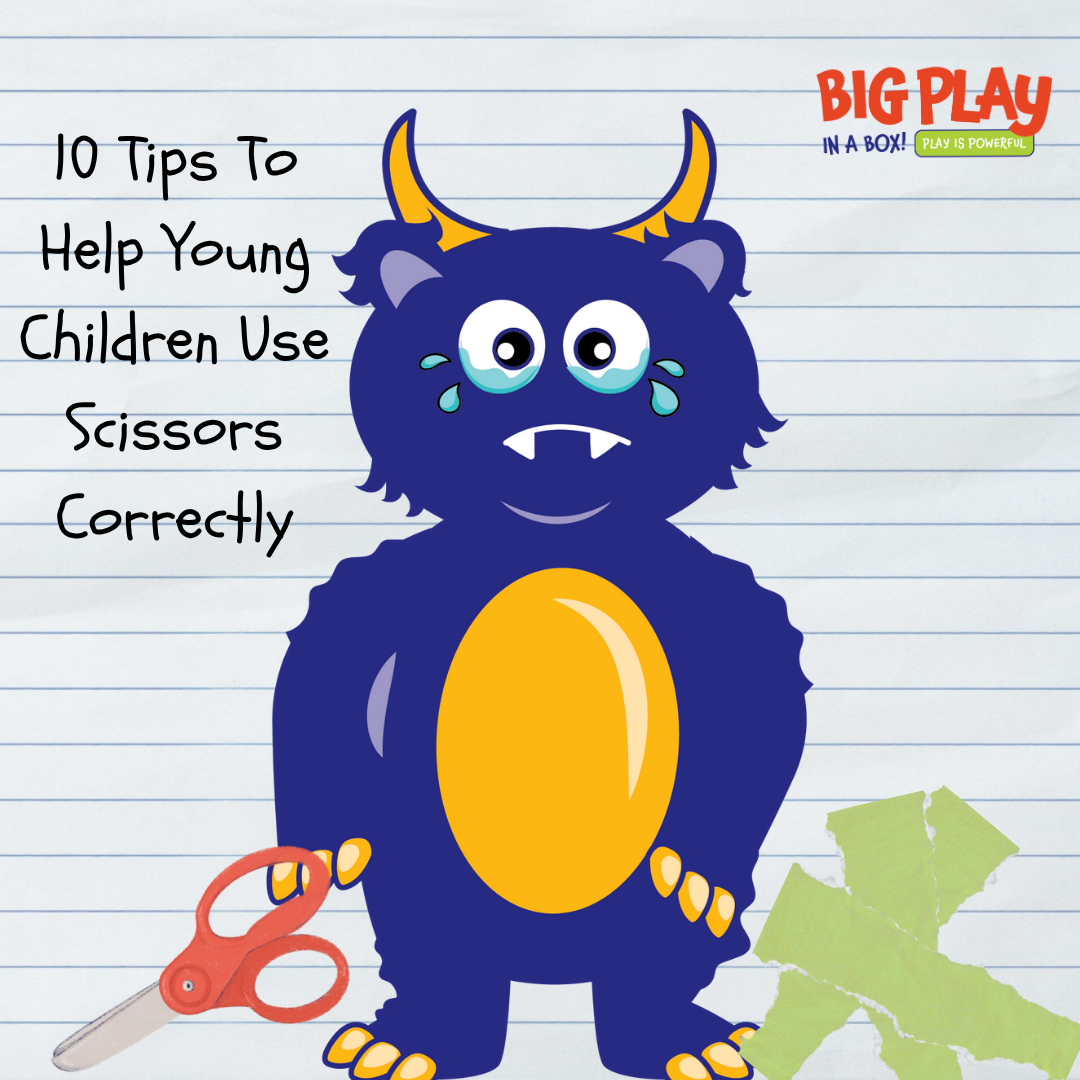
We get it! Scissors at home do not always lead to success. They can lead to mass destruction of prized possessions, nicked skin, and, of course, the inaugural "haircut" that was not per se planned! However, not giving your child the chance to practice this important skill at home with you supervising may be doing your child (and their teachers) a disservice to their success.
I have been an Occupational Therapist for many years. A great majority of the kids that I saw across multiple settings struggled with the use of scissors. It takes more skill than what we, as seasoned scissor users, may take for granted. There is eye-hand coordination, impulse control, adequate hand strength, postural stability, and the ability to plan and organize what we need to do and execute what and how we do it. Our body will have had to decide which hand is dominant and does the work while the non-dominant hand secures the given project. Whew! Exhausting right??
You can imagine when a child enters a busy classroom where the expectation is that scissors use has already been introduced in another setting, and struggles arise. Children get frustrated and sense the lack of refined skill when their project looks nothing like their peers. I have included 10 tips that I, as an OT, used to help push the needle to success in using scissors successfully.
1. Start With The Right Scissors - In general I recommend child-safe, blunt-tip scissors designed for little hands. There are many variations of adapted scissors that allow for success due to various reasons that may include spring-loaded, table-mounted, or loop scissors. For reference, take a look at this site in where not only can you learn about them, you can order as well.
2. Keep in Mind the Developmental Order of Learning How to Cut - We cannot introduce a complex cutting project without knowing that a child has been able to master the developmental sequence of learning how to cut. This sequence includes tearing paper, snipping paper, cutting across a strip of paper, following a bolded straight line, following along a curved line, and eventually being able to cut and maneuver successfully around moderately complex geometric shapes.

3. Teaching Thumbs Up - Some children struggle with how to properly place their hand in a pair of scissors. I would use a "thumbs up" with a visual cue if needed. By placing a dot with a permanent marker on the top of the scissors it gives a visual cue to assist. You may need to practice this multiple times in a session.
4. Keep An Eye On Shoulder Stability - Often, I spy a child with their elbow positioned perpendicular to their body. Typically, this indicates that somewhere along the way, the child lacks stability in their trunk or shoulder. Optimally position them, ensuring their feet are firmly on the ground and the table top is not too high for the child. If after this, the child continues to struggle with elbow "out", you can practice by having the child secure a stuffed animal between their body and their arm while cutting, or even if all other attempts fail, having the child support themselves on their elbows while lying on their tummy and cutting.

5. Bold the Lines/ Use a Highlighter - Find ways to allow for greater success by bolding the lines with a thicker marker, or highlighting lines that need to be cut.
6. Use Thicker Paper - Regular copy paper is flimsy and easy to tear. Often, young children are much more successful with cardstock or thicker construction paper. It will slow a child down and allow for fewer errors when the paper is not bending easily.

7. Break A Project Into Chunks - If you are presenting a child with a whole page project, you may need to partially break it into smaller chunks in order to get the best success and the least amount of frustration.
8. Practice Open-Close Motions - Often, a child struggles with the open/shut motor skill required for success. Practice without scissors, chomping like an alligator using your hand. Practice with large tweezers, tongs, or even puppets that have mouths to open. All help develop the muscle memory required along with hand strength.
9. Find Ways to Strengthen Hands Outside of Cutting - Playdough, clothespins, sponges, wringing out wet washcloths. Just as our large muscles require strengthening for optimal use, so do our smaller muscles.
10. Enforce Scissor Safety - The importance of scissor safety is, well....IMPORTANT! Impulsivity, difficulties with attention, and just plain "not knowing" can lead to some real negative memories for your child and those around! While you know the implications, your child may not. I have found TWO great videos that say it better than I can write. I encourage you to watch either or both and decide which may be more appropriate for you to watch with your child. They include VIDEO 1 and VIDEO 2.
Practice - Practice - PRACTICE - I know it can be exhausting. However, you would be surprised the joy a child can find by giving them a grouping of colored construction paper, a stick of glue, paper to glue on, and a pair of scissors. Make this time fun without need for perfection. The world is filled with too many expectations as it is. Parade the creativity that your child elicits!

I have created a 3-page printable document that you can download and print (On cardstock if available) for your child to practice cutting at home. Start with the page with lines with skill progressing to the page with recognizable figures. Monitor success and frustration. Let this be a guide to see where your child's skill is at and find ways to gradually increase the difficulty.

I would LOVE to know if you have found other ways to help your child succeed in this area of academic readiness! Please share and help anyone else by messaging in the box below!
-Miss Connie and Otie

